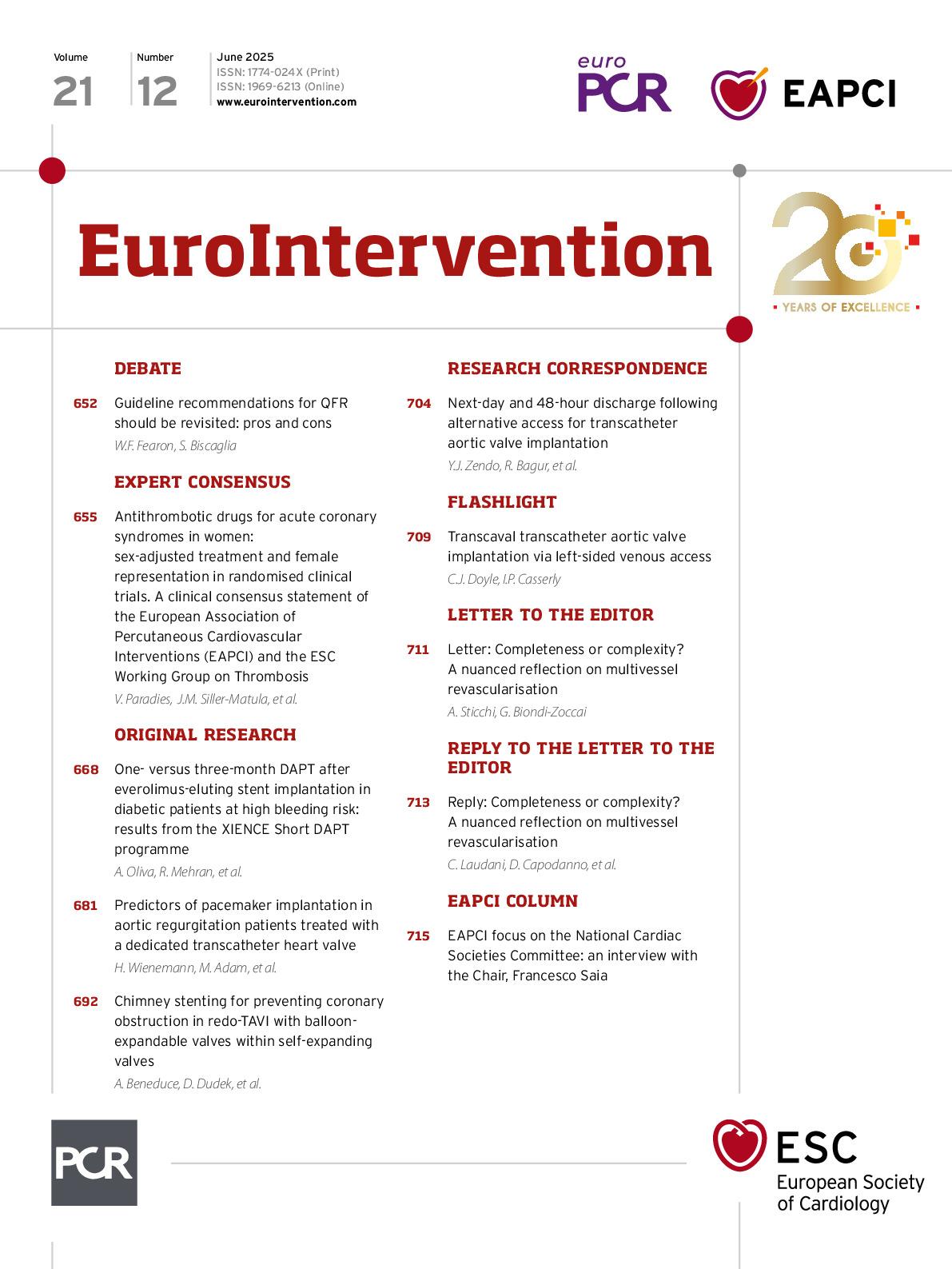Cory:
Unlock Your AI Assistant Now!
We appreciate the interest of Sticchi and Biondi-Zoccai in our manuscript1. In response to their comments, we reported that the 5-node analysis for cardiac death revealed significant inconsistency between the direct and indirect components of the evidence for some comparisons, indicating that the transitivity assumption may not hold2. However, no inconsistency was detected in the 3-node analysis for cardiac death, implying that trials focusing on different guidance strategies for achieving complete revascularisation mainly contributed to the effect2. Indeed, these trials could not be included in a network of infarct-related artery-only versus immediate complete revascularisation versus staged complete revascularisation. In addition, the results of node-splitting in the 5-node analysis for cardiac death and influence analyses seem to indicate a possible influence of trials investigating angiography and/or functional guidance for achieving complete revascularisation2. Specifically, the FRAME-AMI trial demonstrated a significant reduction in cardiac death associated with functionally guided complete revascularisation compared with angiography-guided complete revascularisation, and the FIRE trial demonstrated a significant reduction in cardiac death associated with functionally guided complete revascularisation compared with culprit-only revascularisation34. In contrast, other trials contributing to the network with either functionally guided immediate complete revascularisation – COMPARE-ACUTE – or functionally guided staged complete revascularisation – FULL REVASC, DANAMI-3-PRIMULTI, and FLOWER-MI – did not show significant differences in cardiac death25678. In this regard, the available evidence on the type of guidance to achieve complete revascularisation is far from conclusive.
In agreement with the comments by Sticchi and Biondi-Zoccai, we acknowledge that the observed inconsistency reflects the heterogeneity across trials1. Specifically, in our manuscript, we transparently highlighted certain trade-offs in the definition of nodes and recognised that access to individual patient data would have been highly beneficial2. In particular, the availability of patient-level information on revascularisation completeness, timing, and guidance would have enabled more accurate stratification across nodes, and, in trials not designed to address specific comparisons, between-group imbalances could have been mitigated by statistical adjustment.
However, we also believe that even if individual patient data had been available, some questions would have remained unanswered due to inconsistent data collection and intrinsic differences between trials. Similarly, the important issue raised by Sticchi and Biondi-Zoccai regarding completeness versus complexity would have likely remained unresolved. In the trials pooled in the meta-analysis, the eligibility criteria primarily selected patients with low-to-intermediate complexity coronary artery disease; operators were unlikely to include patients with challenging coronary artery lesions in the setting of ST-segment elevation myocardial infarction; and certain high-complexity coronary artery disease patterns are by definition inversely correlated with the achievement of complete revascularisation.
Guest Editor
This paper was guest edited by Franz-Josef Neumann, MD, PhD; Department of Cardiology and Angiology, University Heart Center Freiburg - Bad Krozingen, Bad Krozingen, Germany.
Conflict of interest statement
The authors have no significant conflicts of interest to declare regarding the content of this manuscript. The Guest Editor reports consultancy fees from Novartis and Meril Life Sciences; speaker honoraria from Boston Scientific, Amgen, Daiichi Sankyo, and Meril Life Sciences; speaker honoraria paid to his institution from BMS/Pfizer, Daiichi Sankyo, Boston Scientific, Siemens, and Amgen; and research grants paid to his institution from Boston Scientific and Abbott.

